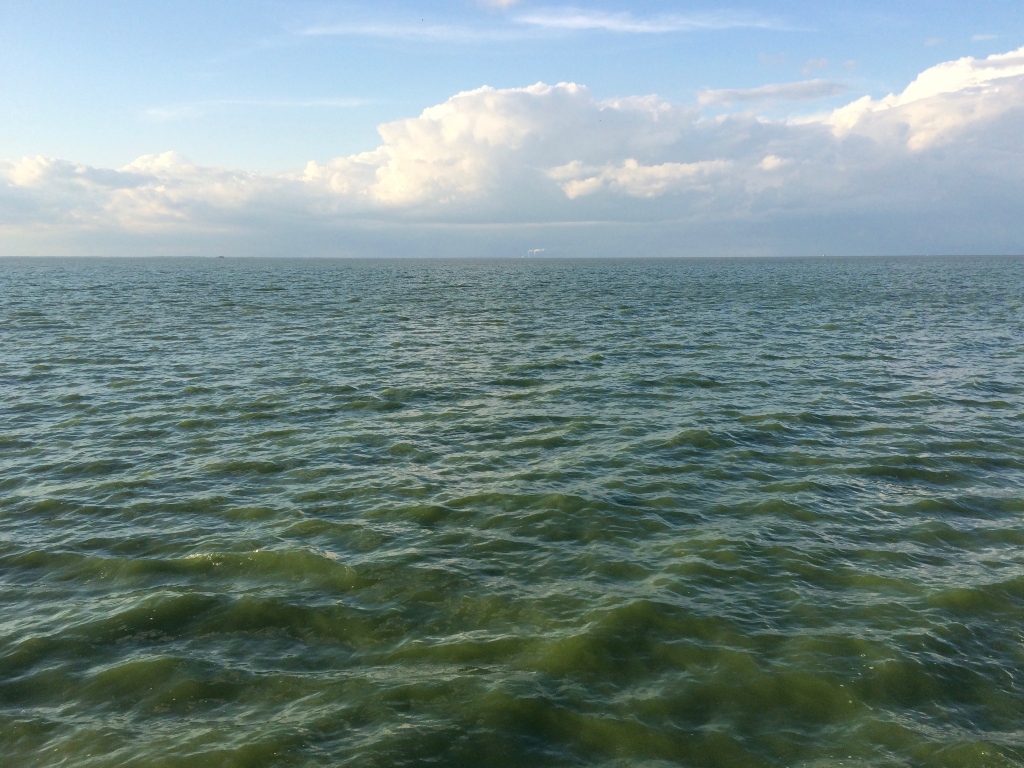Before the inventory was conducted, there was not any information that identified specifically where the nutrient runoff was coming from. The lack of information led to finger-pointing between urban and rural communities about the cause of the pollution. With the inventory, the Commission is now able to see where the nutrients are coming from to create actionable solutions. By using the HUC 12 watershed in their analysis, the team was able to look at an area that was large enough that it was not targeting specific landowners but small enough to allow for the development of actionable, localized solutions.
By making the tool interactive and publicly available, members of the community have been using it in a variety of contexts. Instructors from high schools and colleges have been using the tool in their classrooms and the Commission has gotten inquiries from students and educators on aspects of the tool. The local media has also created maps to supplement their news stories on nutrient runoff and harmful algal blooms.
The tool also allows the Commission to talk to communities and show them the information to have a more meaningful conversation, which has helped make new communities willing to collaborate. Using the Nutrient Source Inventory, communities throughout the Western Lake Erie Watershed Basin have developed watershed restoration plans, which has resulted in restoration projects that have been funded in areas with run-off issues. As the Commission works on more watershed protection plans the tool will track the development of the plans and serve as a clearinghouse for all nutrient data.
While the Commission continues to work with local governments to develop watershed protection plans, they are also working to get formal adoption of the tool by the Ohio EPA. The formal adoption would allow for the tool to have a higher utility across the area and beyond.
One of the biggest challenges for the project was the unavailability of certain data sets. For instance, the Commission was able to map some confined animal feeding operations, but farms that are under 1,000 animals do not have to report. This leads to some farms having just under 1,000 animals that do not show up in the inventory analysis. Additionally, some farmers that are doing best practices and using federal funding do not disclose their information because they do not want other farmers knowing they receive federal assistance. Another data omission occurred in two watersheds because there was not enough water quality monitoring to adequately model the watershed.
Overall, the Commission dealt with a general skepticism of the data from the public throughout the project. Communities had differences of priority and opinion, which led to the team needing to work on their messaging around the inventory.
Takeaway Message
Melissa Greene Hopfer, the Toledo-Lucas County Sustainability Commission Director, gave the following advice:
“If you are doing a regional project, make sure you pull in people from across the region at the beginning of the project. It facilitates better buy-in and we would be further along if we had brought in more groups from the very beginning.”



